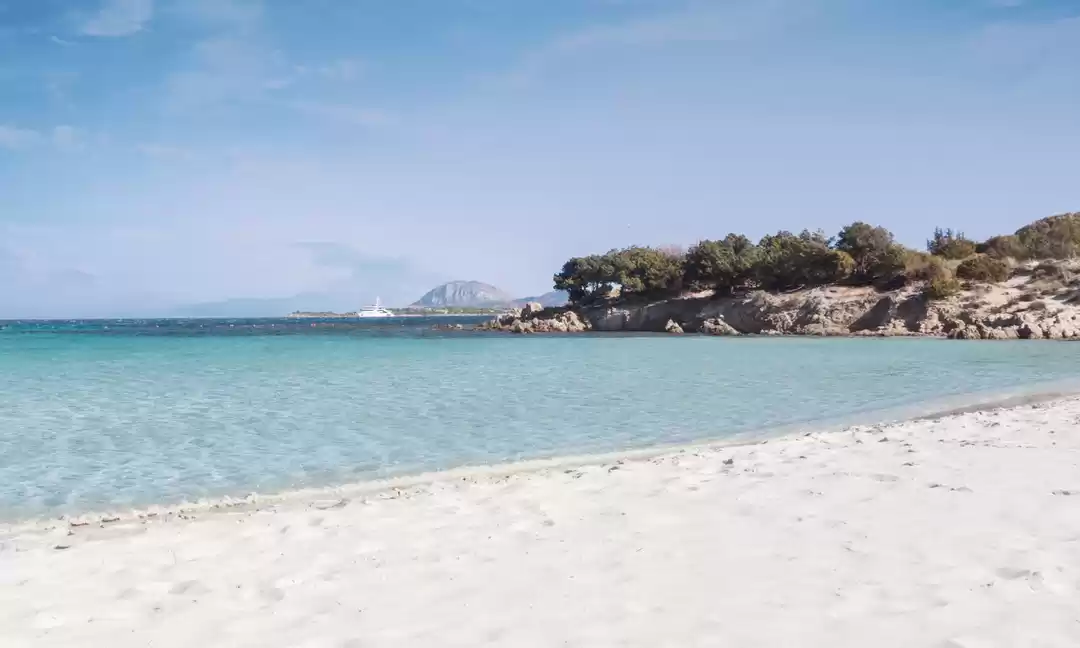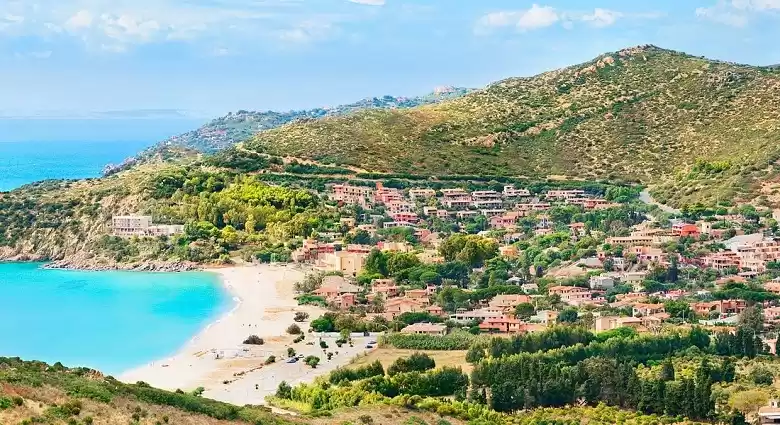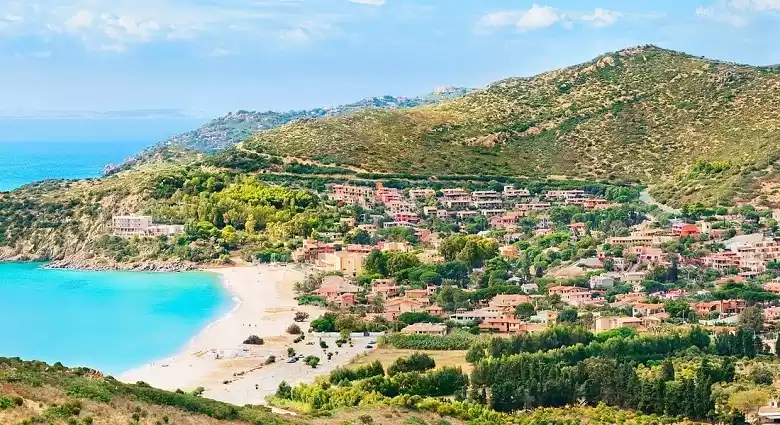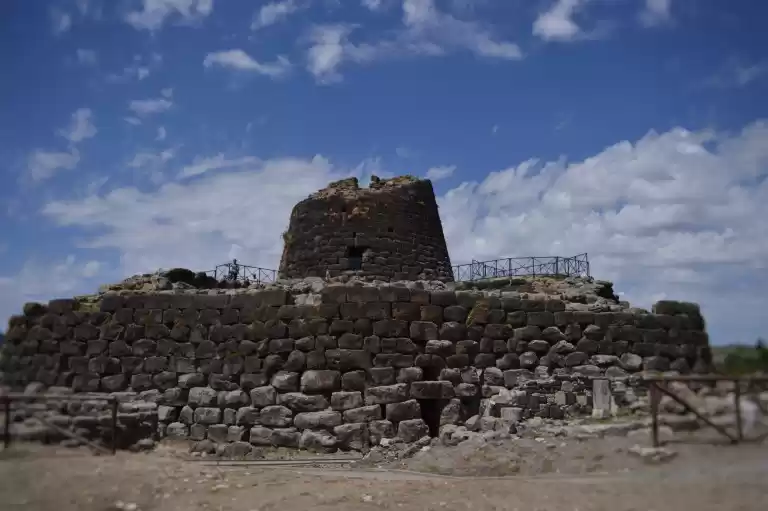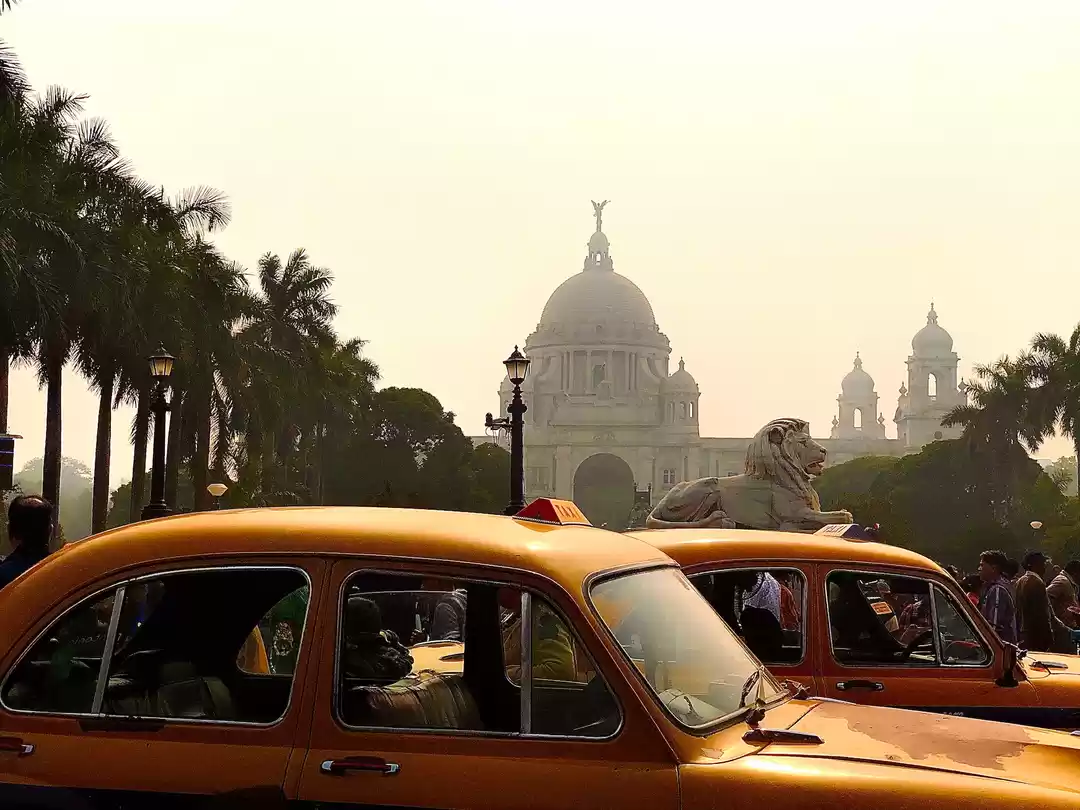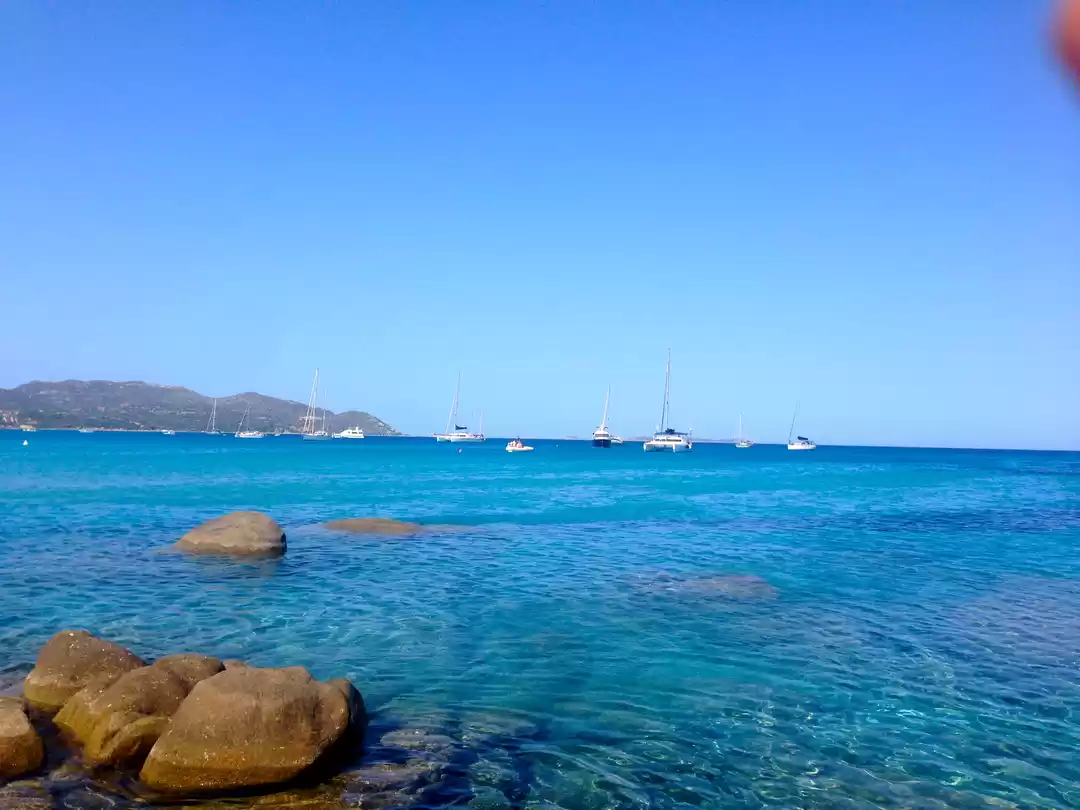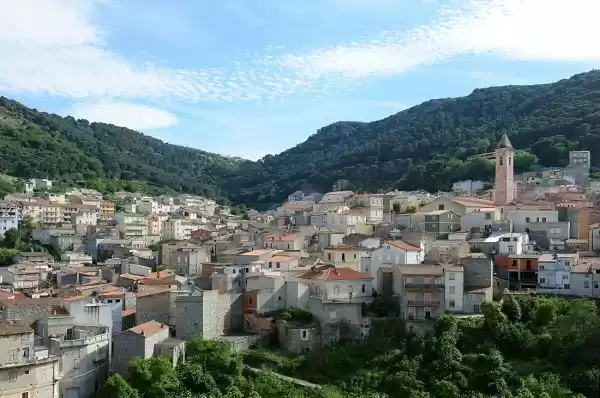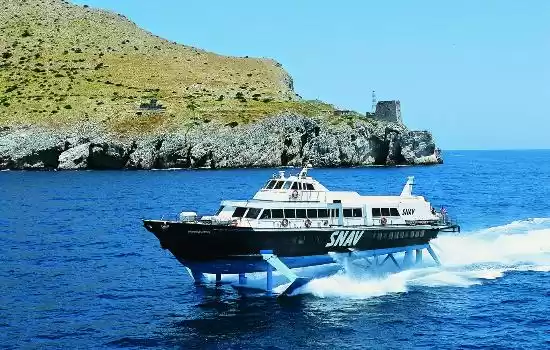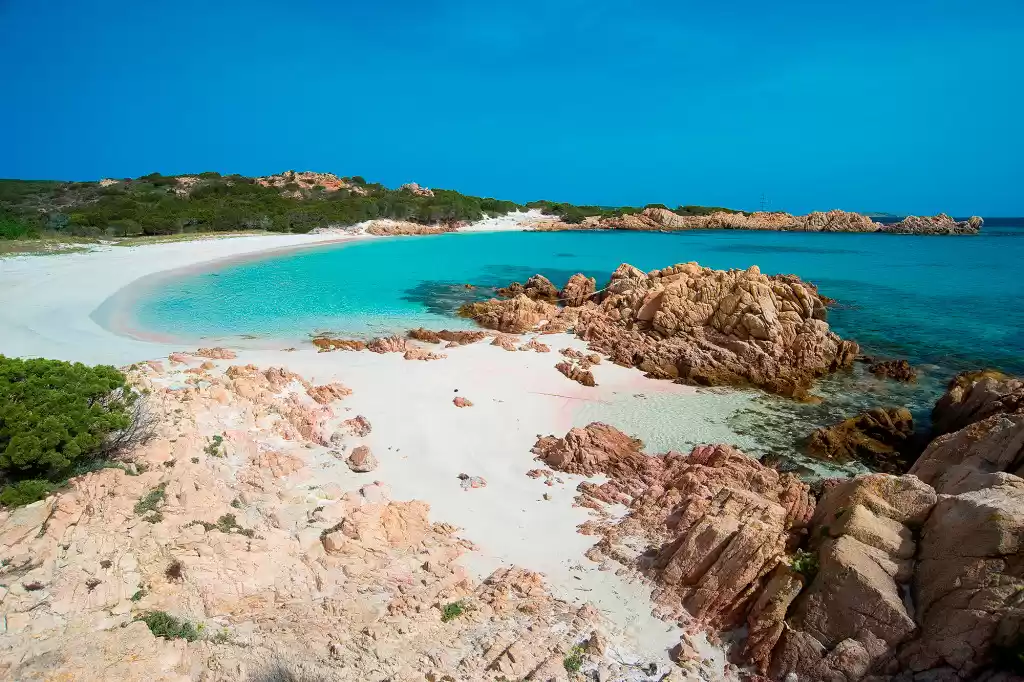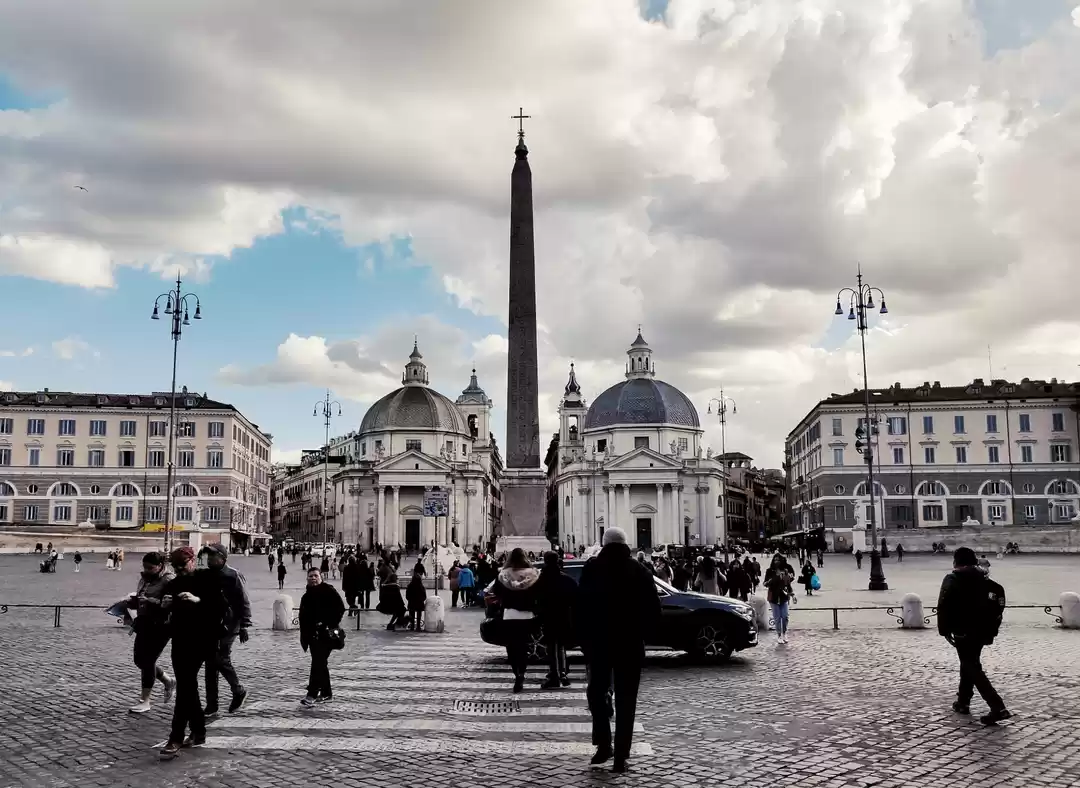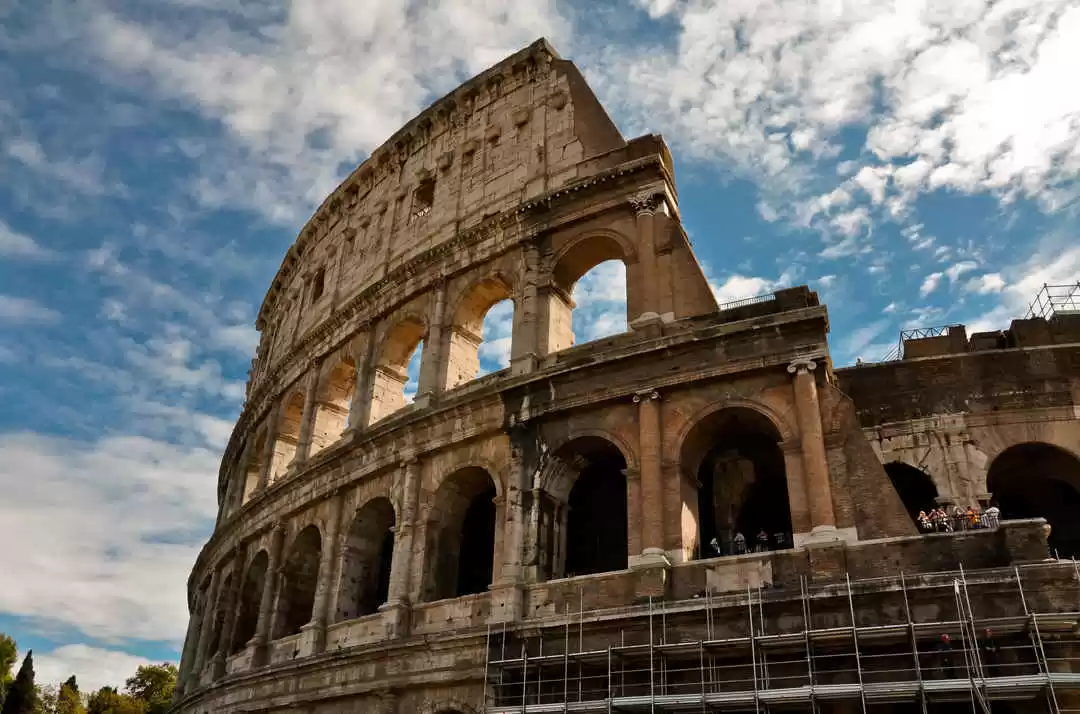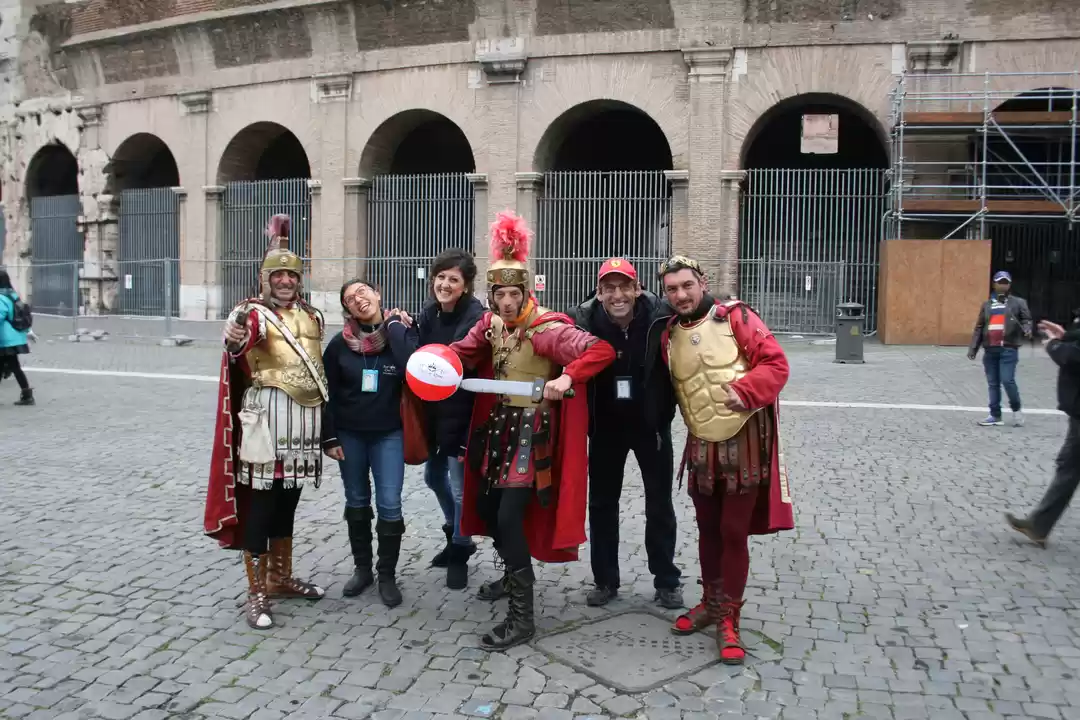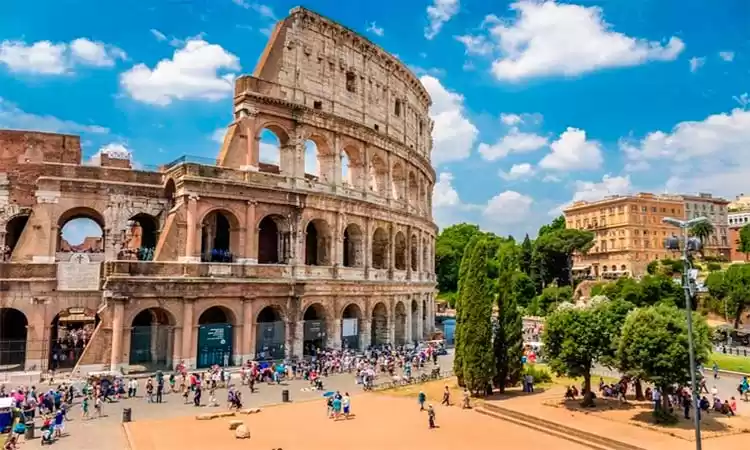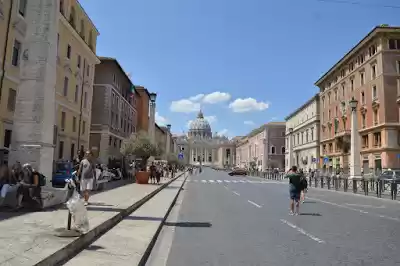Cagliari's old town is an inviting destination, filled with picturesque cobbled streets, bustling squares with activity, and plenty of bars and restaurants to enjoy.
Right at the airport you can rent a car at great prices - bookingauto.com, and go on a tour of this wonderful city - excurzilla.com

Cagliari boasts numerous museums that are worth a visit, showcasing artefacts from Punic to Greek and Roman periods. Of particular note is Pinacoteca Nazionale di Cagliari which houses an impressive array of archeological finds from throughout Sardinia.
The Cittadella dei Musei
Cagliari, Italy's capital city, boasts a vibrant atmosphere that can only be experienced by visiting one of its many markets.

Mercato di San Benedetto is Italy's largest covered market and one of the biggest fresh produce markets in Europe. With its expansive array of stalls, it's an ideal spot for picking up daily groceries as well as sampling local delicacies.
Another wonderful way to experience Cagliari's culture is by visiting Cittadella dei Musei (Cittadella of Museums). Situated atop a hilltop overlooking the city, this complex houses some of Cagliari's most renowned museums.

The Academia degli Istruzioni is Italy's most renowned museum, housing works by legendary artists like Michelangelo and Leonardo da Vinci. Additionally, it hosts various temporary exhibitions featuring an eclectic range of artwork.
The Market at San Benedetto
Cagliari's old town is a delight to explore. Lined with majestic palazzi and seafront cafes, each district provides an intriguing glimpse into the city.

San Benedetto market is one of Italy's largest, featuring separate sections for produce, fish and more. A visit here will give you an insight into Sardinian culinary traditions and culture.
Cagliari offers some delicious and fresh products to purchase, such as red shrimp from Villasimius, tender Mediterranean lobsters and the legendary tuna or mullet bottarga.

After your market experience, take some free time to stroll along Corso Garibaldi for some outdoor dining and historic businesses. It's an ideal spot to soak in some sunshine and take in the vibrant atmosphere.
The Pinacoteca Nazionale di Cagliari
Cagliari is an impressive city with a long and distinguished history, as well as numerous archaeological sites to explore. One of Cagliari's top attractions is its Roman Amphitheatre.

Experience the wonder of this ancient arena, carved into the bedrock in the 2nd century BC, on a guided tour. This structure could seat up to 10,000 people and was used for events like gladiator fights or executions of death sentences.
Since opening, the amphitheatre has been a sought-after tourist destination and still hosts performances. As an important and well-maintained landmark in Sardinia, it should not be missed during your vacation there.
Cagliari also boasts the Museo Archeologico Nazionale di Cagliari, which houses an extensive collection of bronze objects and Roman ceramics from the Nuragic age as well as artifacts from Byzantine times.
The Roman Amphitheatre
Cagliari's Roman Amphitheatre is one of the most iconic landmarks, carved into a block of rock (the characteristic lime-stone on which the city was founded). Excavated by local commune, it's now open for tourist visits as well as musical events.

In the second century AD, this majestic amphitheater was used for gladiator fights and public executions. It could accommodate up to 23,000 spectators within its 15 gates and had a capacity of 24,000.
Under the arena, an intricate network of underground corridors cut its way through the rock face. These tunnels enabled animals, ludi (games), and scenery to be traversed throughout the structure.

The amphitheatre served as a place to store fresh water and conduct gladiators. It was outfitted with large sail-like cloths called valaria to shield spectators from sun or rain. Furthermore, there were channels and canals built into the structure to drain away rainwater or effluent from around it.


